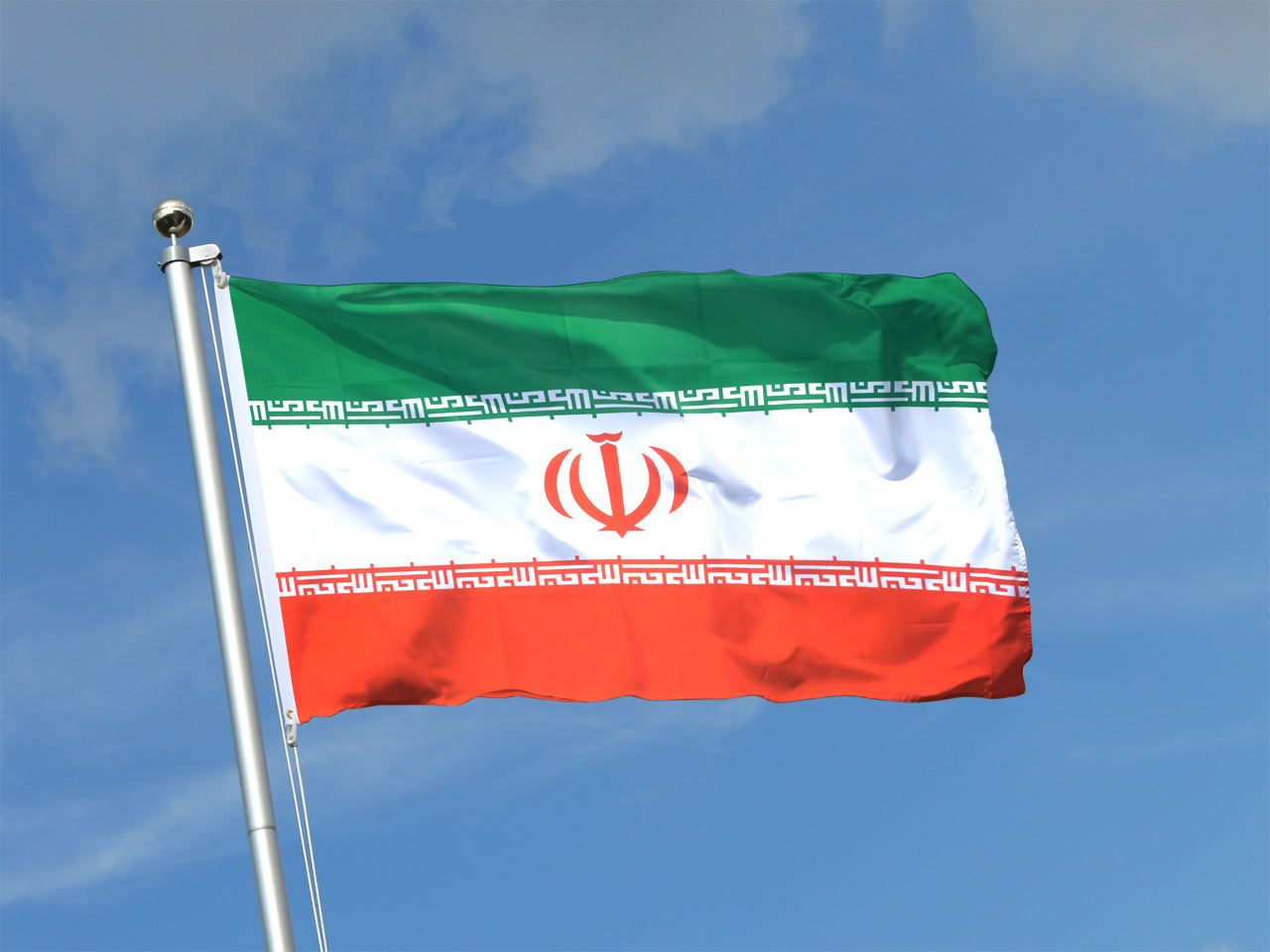Oil & Gas
80 POWER STATIONS IN IRAN OUT OF SERVICE DUE TO FUEL SHORTAGES.
Irene Jerry

Approximately 80 power plants in Iran have ceased operations due to a shortage of natural gas and liquid fuels, worsening the ongoing power crisis in the country. The lack of fuel comes at a time when domestic demand for electricity is soaring, especially with the arrival of a cold snap during the first week of winter.
As a result, Tehran and several provinces are facing frequent power outages, and this issue is expected to persist for the foreseeable future. According to data from the Washington-based Specialized Energy Platform, about 600 power generation units are in operation, but the fuel shortage has left at least 80 of them inactive.
These fuel shortages have significantly impacted the electricity supply in Iran, leading to extended power cuts. This situation coincides with a cold winter, which has only exacerbated the crisis. Government officials have acknowledged the issue but have not provided a specific end date for the power disruptions.
This uncertainty has fueled public anger, as schools, universities, and government offices have been forced to close, and many factories have halted production. The ongoing power outages are a sign of a longer-term energy crisis that could continue well into the winter months.
Iran’s electricity generation largely depends on natural gas, which accounts for about 70 percent of the country's electricity mix. However, the combination of declining domestic gas production and the peak winter demand has led to significant shortages. Currently, at least 80 of Iran's more than 600 thermal power plants are out of service due to the lack of gas and diesel.
This has resulted in a loss of more than 8,000 megawatts of electricity generation capacity, reducing the total available capacity of thermal plants to about 50,000 megawatts. With electricity demand peaking at 45,000 to 47,000 megawatts, this gap has led the government to implement alternating power cuts across domestic and industrial sectors.
As Iran faces an energy shortage, the country’s domestic, commercial, and industrial sectors are consuming about 80 percent of the available gas, leaving less than 20 percent for power plants and industries. According to Saeed Tavakoli, the CEO of NIGAS, this distribution is insufficient to meet the growing demand for gas, especially during the winter months. He urged the public to reduce consumption by adjusting heating settings in homes and workplaces, explaining that a 2-degree Celsius reduction could save up to 50 million cubic meters of gas per day.
However, some critics, such as Hamid Hosseini from the Tehran Chamber of Commerce, have criticized the government’s priorities, arguing that it focuses too much on maintaining gas supply for domestic heating rather than addressing industrial and power plant needs. With temperatures dropping and demand rising, officials warn that Iran needs an additional 350 million cubic meters of gas per day to meet the energy gap.
